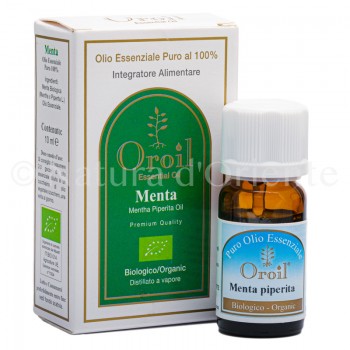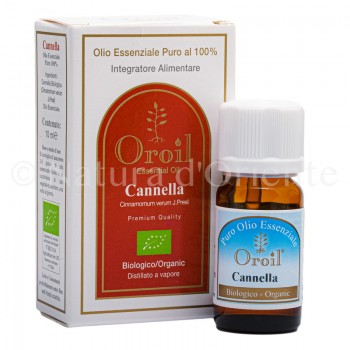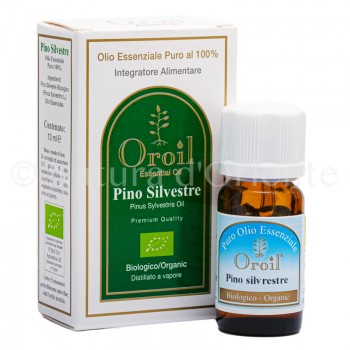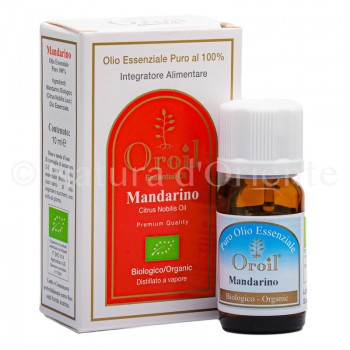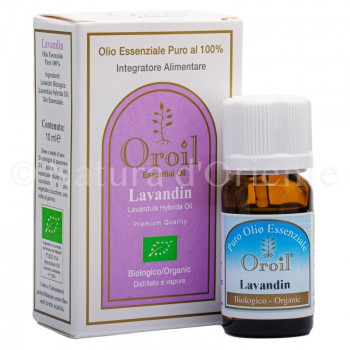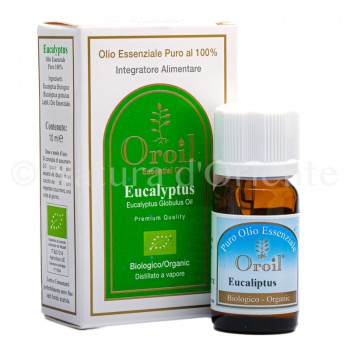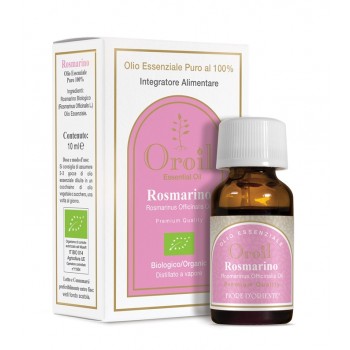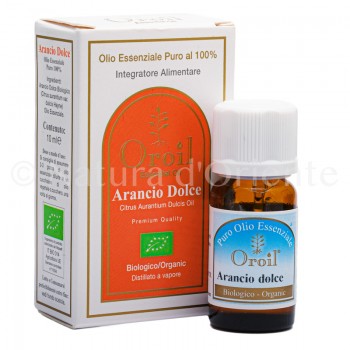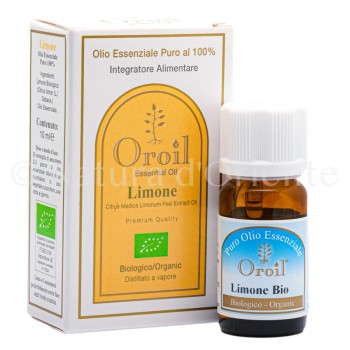Tea tree oil, i.e. the essential oil obtained "from the tea tree" (don't let the name fool you, it has nothing to do with the famous drink) is one of the best known and most appreciated essential oils, its main use is as a remedy for the respiratory tract but it also has other uses thanks to its excellent antimicrobial and antifungal properties.
The plant and the production of essential oil
Tea tree essential oil is obtained from a plant of the Mirtaceae family whose scientific name is Melaleuca alternifolia. It is a tree native to Australia, in particular the states of Queensland and New South Wales, which grows near streams and marshes. It is a small tree whose height does not exceed two or three meters, the flowers are white and gathered in clusters between 3 and 5 cm long. The leaves are linear from 10 to 35 mm long. If this tree that grows only in limited swampy areas of Australia has nothing to do with the plant from which tea is made, why the common name by which it is known? It is due to the great explorer James Cook who, observing the customs of the aborigines, discovered that a drink similar to a spiced tea could be obtained. The aborigines themselves used the leaves of this plant (it is no coincidence that the part richest in essential oils and from which tea tree oil is now obtained) as an antiseptic remedy for wounds and ulcers and to keep insects away and parasites. The essential oil is obtained by steam distillation of the leaves.
Properties of tea tree essential oil
As mentioned, the main characteristics of tea tree oil are an antiseptic, antifungal and even broad-spectrum antibiotic action and according to someone even, it is suspected, to some extent antiviral. It would also have balsamic and expectorant properties which, however, albeit to different extents, are common to practically all essential oils.
Internal use of tea tree essential oil
For internal use it is essential to remember the three golden rules valid for any essential oil: 1) use only quality products and on which there is an indication for use food, as in the case of this product; 2) better to do it after consultation with a doctor or other specialist; 3) however the doses will always be very limited, one or three drops at most diluted, better in a teaspoon of honey than in water because essential oils are fat-soluble but not water-soluble. Tea tree oil taken orally is a powerful disinfectant of the respiratory tract, but it is also suitable for the internal treatment of vaginitis and candida.
External use of tea tree essential oil
The external uses of this powerful disinfectant are divided; among those of the skin, as a remedy for various skin conditions, from simple acne, to fungal infections up to use as an antiviral on warts; those on the mucous membranes of the mouth, vagina and anus as a remedy against mouth ulcers, gingivitis, candida, etc. It goes without saying that in the case of use on mucous membranes, dilution is even more important, while on a "difficult customer" such as a wart we may risk absolute use localized only on the viral lesion; and inhalations through fumigations to exploit the balsamic and expectorant properties mentioned above. another possible use is the antiparasitic one, useful on infestations by lice and other parasites both on adults and children and on animals. Finally, tea tree oil would also be used as an anti-inflammatory on the skin and even mucous membranes, in this case added to an aloe vera gel.

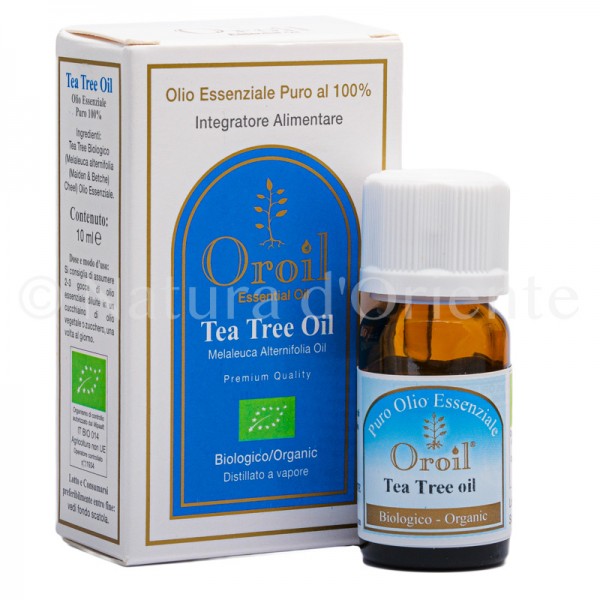

 No reward points for this product.
No reward points for this product.
